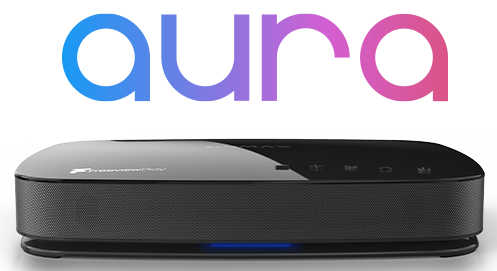TheMikeN - 25 minutes ago »
I don't think that's what I meant!
Fear not, I'm not suggesting the transmission is at CD-quality/lossless/WAV/FLAC. It's the format the recording is being stored in that I was referring to. Any lossy, primitive recording can be saved as a WAV and, when it is, the filesize becomes comparatively huge.
They may not actually be true WAV files but they play perfectly in that format... so at least the immediate problem is solved.
Whatever, the labelling of each file in the directory after transfer by Humax's software as mp3s must be a mistake.
PVR's have no built in way of recoding any of the content they receive (Unlike DVD Recorders). It's impossible for them to change the compression codec used for video and audio. Increasing the size (or reducing) the size of the audio content requires recoding either changing the codec and/or the bitrate used. The digital tuners simply extract the required digital content (Video, Audio, Subtitles and Audio Description data) and record it to a mass storage device (usually a hard disk). They can change the way the data is stored/packaged/multiplexed into the recorded stream (ie change the container used). Humax recorders generally store all recordings in a transport stream container (.ts).
That's why a pvr's recordings are 100% identical to the original broadcast. DVDr's which do have real time mpeg encoding can change the recorded quality (and hence the filesize) on the fly and as a result are able to record from an analogue external input.
It would however be fairly trivial to change the transport stream container to programme stream (.mpg) as no actual digital recoding is required.
On other Humax recorders that allow direct export of files without any sort of change (eg the HDR-FOX-T2) when you export any recording you get a transport stream file with varying contents depending on the source (eg Freeview HD uses AAC rather than MP2 for audio compression codec).
The HDR-FOX-T2 has a excellent custom firmware add on that amongst other capability is capable of removing the extraneous data from recordings, considerably reducing the filesize in the process.
Unfortunately the 1800/2000T and 4000T model is much more locked down than the FOX T2 so especially in the case of the 4000T you can only get what the Humax software allows you to export.
If you look at the file (with any name) using MediaInfo and locate the average bitrate used for the audio track and it's duration it's a simple calculation to work out the filesize of the actual audio data when all the unwanted data is deleted.
| Thu 1 Jun 2017 18:59:14
#9 |


